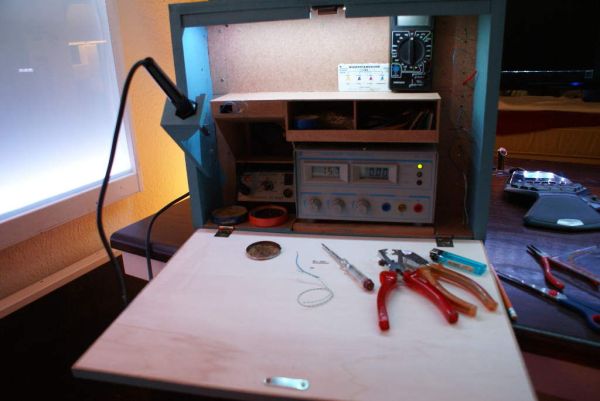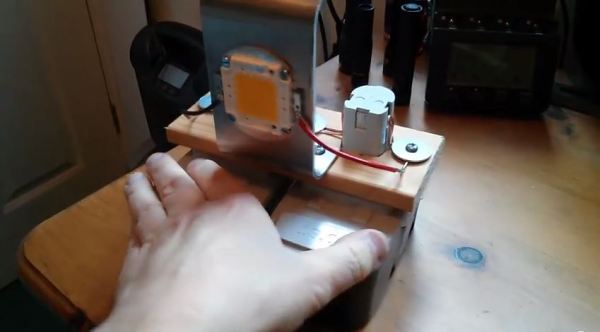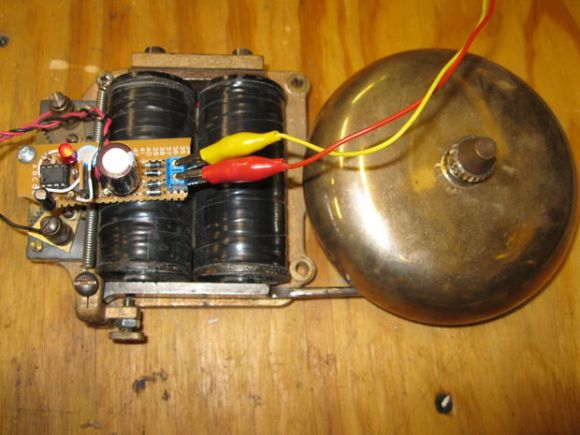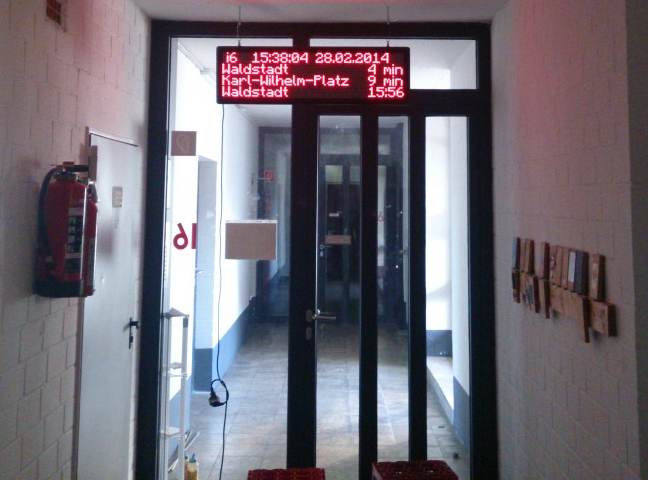Unless your lucky enough to have a big personal workshop where you can have dedicated stations for all kinds of different tools, you’re probably like most of us here at Hack a Day — lots of projects, but never enough space.
[McLovinGyver] lives in a small flat, and finds setup and cleanup time often take longer than the project itself — so he’s come up with this handy dandy Electronics-Lab-in-a-Box (trademark pending).
The guide is really more of a series of pictures of his process of building the portable lab, but he shows off some great ideas of things you might want to include in your own personal version of it. The first step is deciding what tools you need in the lab. In general, your power supply unit, soldering iron, hot air re-flow and fume exhaustion are going to dictate the general size and shape of your lab — from there, it’s just a matter of filling in the gaps with the rest of your small tools.




 [Peter]’s dad recently rekindled his love for Lionel trains and wanted a bell to keep the crossings safe for O gauge drivers and pedestrians. Using parts he had lying around and a doorbell from the hardware store, [Peter] concocted this
[Peter]’s dad recently rekindled his love for Lionel trains and wanted a bell to keep the crossings safe for O gauge drivers and pedestrians. Using parts he had lying around and a doorbell from the hardware store, [Peter] concocted this 

 This week’s Retrotechtacular is a 1943 Encyclopædia Britannica film focusing on
This week’s Retrotechtacular is a 1943 Encyclopædia Britannica film focusing on 







